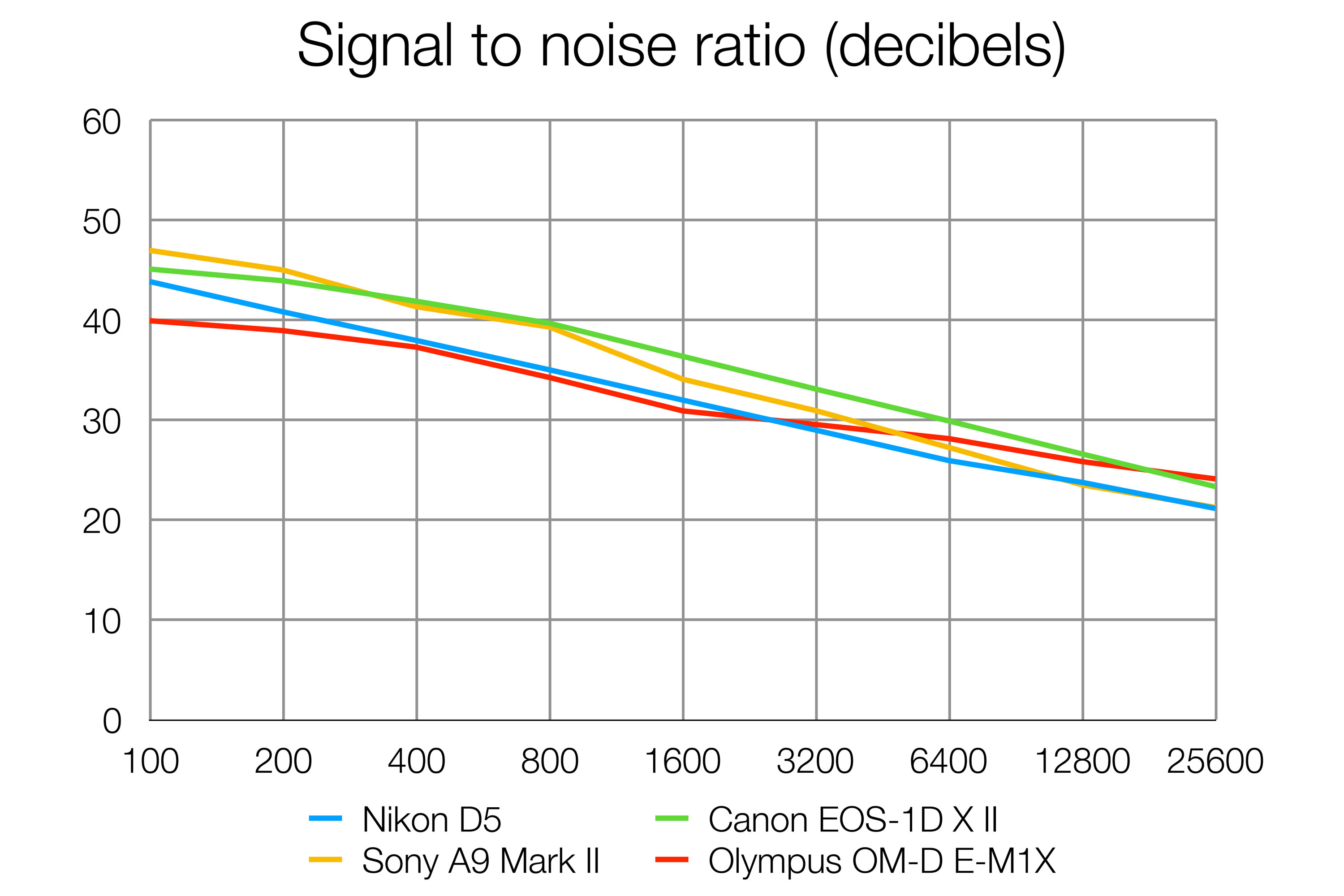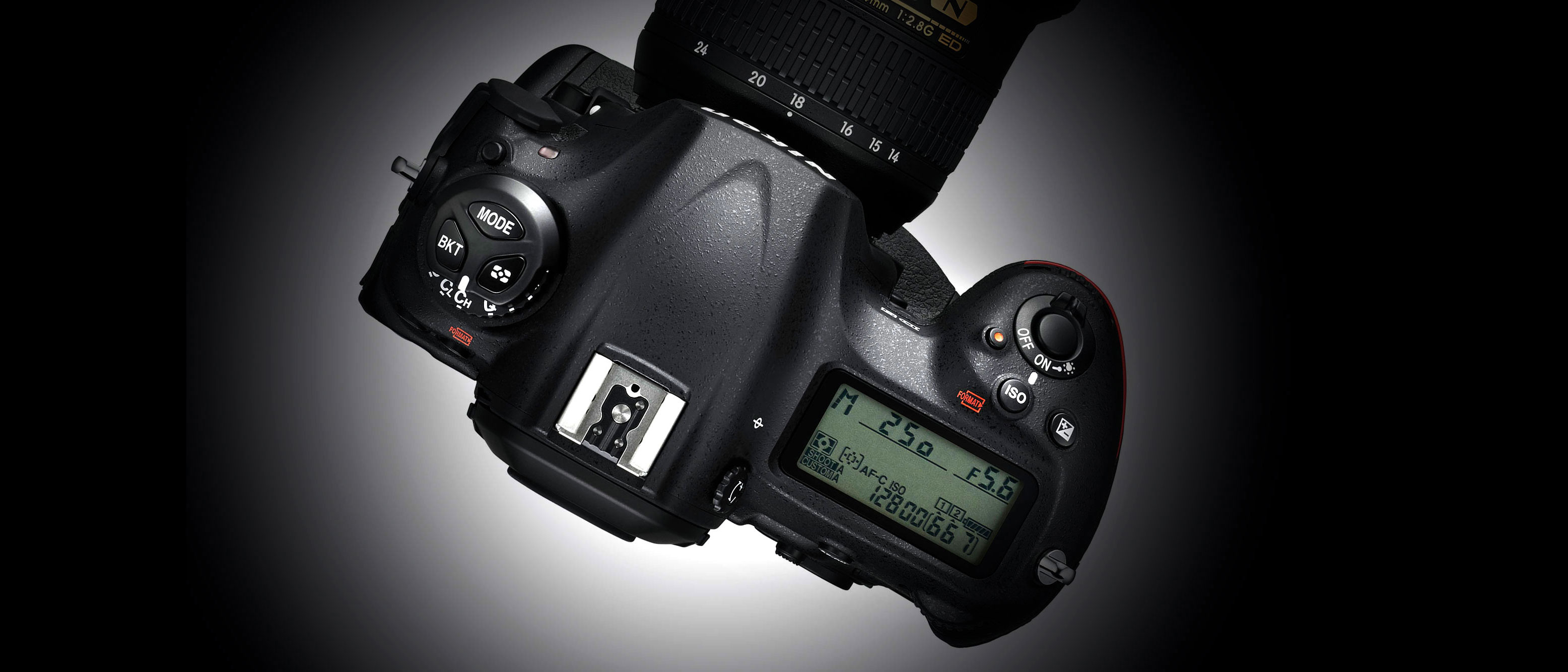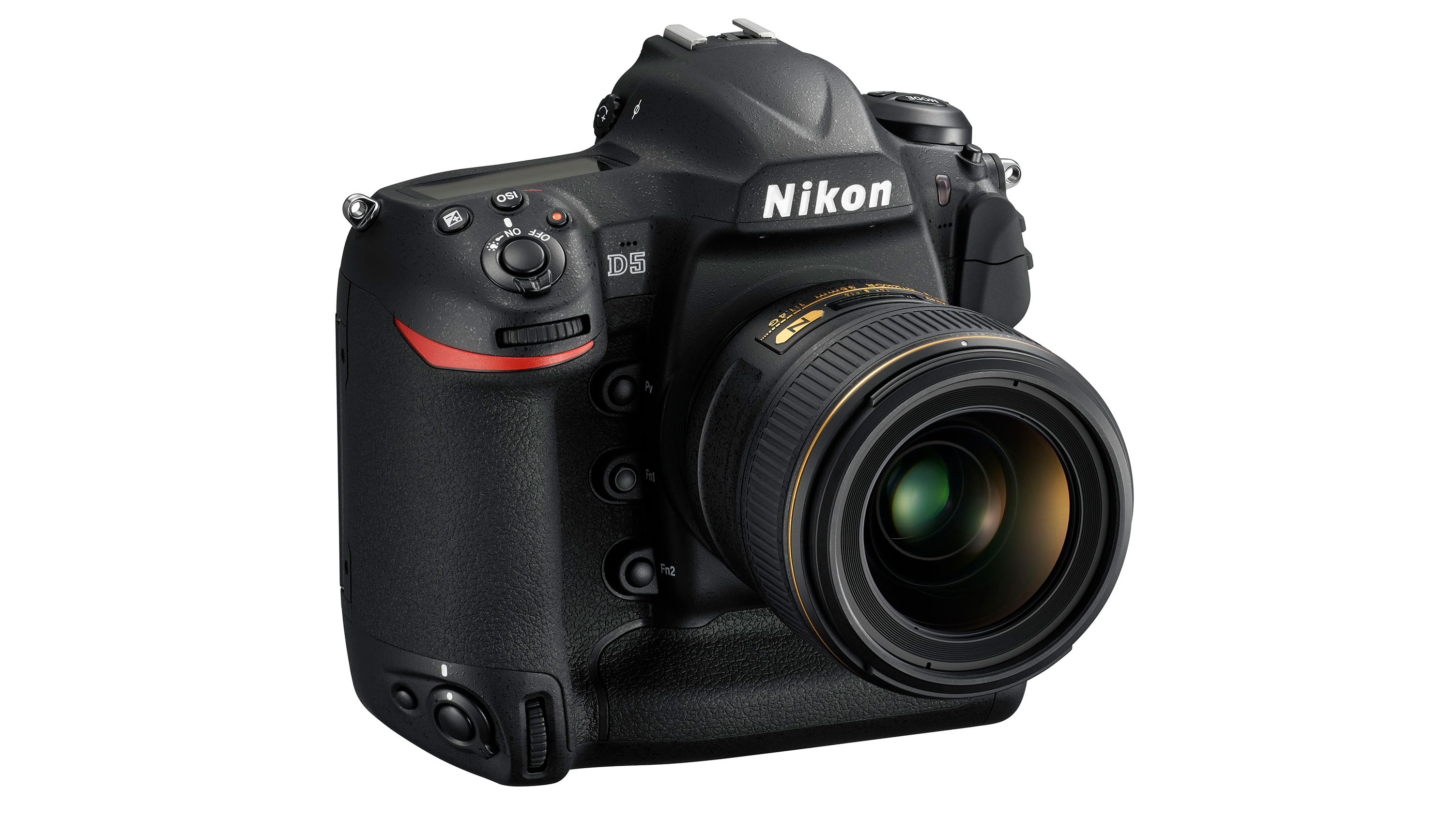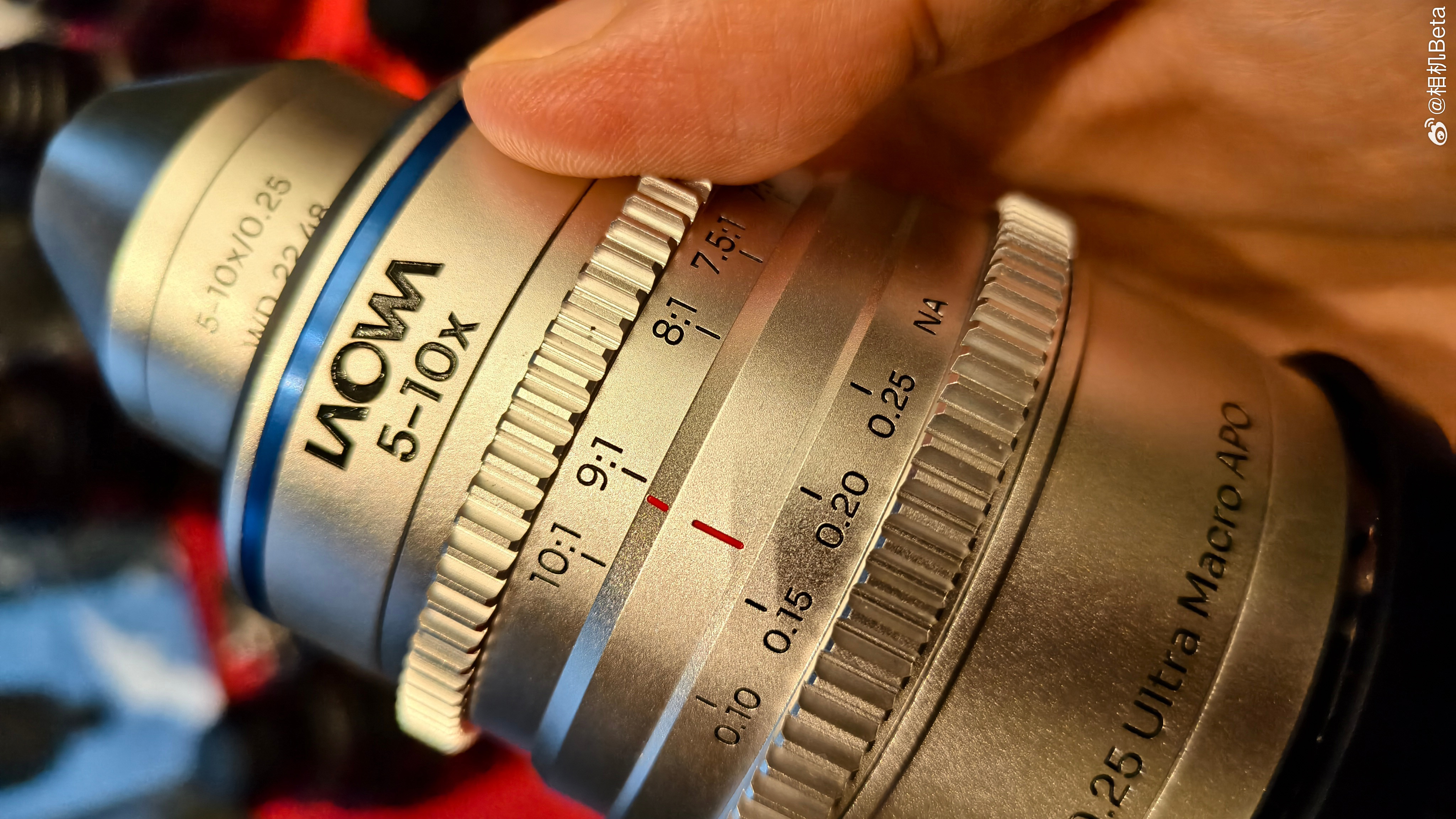Digital Camera World Verdict
A replacement for the Nikon D5 is imminent, so not surprisingly this has led to some useful discounts on this model. But is it still desirable after all this time? The Nikon D5's AF system, rugged build, continuous shooting speed and buffer capacity are still well ahead of any other camera not designed for this kind of work, and its 4K video capabilities will still pass muster even today. It does feel, however, as if its arch-rival the Canon EOS-1D X Mark II has stood the test of time just a little better.
Pros
- +
12fps continuous shooting
- +
Huge 200-shot raw buffer
- +
Advanced 153-point AF
- +
4K video
Cons
- -
Live view AF is contrast only
- -
Highest ISOs yield poor quality
- -
The D6 is imminent
Why you can trust Digital Camera World
The Nikon D5 is Nikon's answer to the Canon EOS-1D X Mark II, a powerful, practically bulletproof sports camera for professional photographers. Camera makers now split their top pro models into resolution specialists (the Nikon D850 would be Nikon's) and high-speed, high frame rate cameras like this one.
The D5 was launched way back in 2016, a month ahead of the Canon EOS-1D X Mark II, and just in time for the 2016 Olympics. It's no coincidence that four years later in 2020 (as we write this), Nikon is ready to unveil a new Nikon D6 in time for the world's biggest and most prestigious sporting event.
During that four years, the Nikon D5 has remained one of the best cameras for professionals, but it's price and its focus on speed above resolution mean it can't quite qualify as one of the best DSLRs all round – this is a highly specialized camera.
What you're paying for here is not megapixels but sheer, raw speed, plus the ruggedness to survive heavy all-day professional use and abuse in a highly competitive world.

Key features
The D5 has all the ingredients pros will look for in a sports camera: a hugely fast and sophisticated wide-area 153-point AF system, very fast burst shooting speeds, an immense 200-shot raw buffer capacity and – especially important today – 4K video capture. It also has a huge sensitivity range – the payoff for the comparatively modest 20.8-megapixel resolution of its full frame sensor.
With a maximum shooting speed of 12fps (14fps with the mirror up), the Nikon D5 can't quite match the speed of the rival Canon EOS-1D X Mark II, and while it does technically have more autofocus points, the D5 does not have Canon's on-sensor Dual Pixel CMOS AF technology, so its live view autofocus and video AF performance is not as fast. It also can't match the maximum 60fps frame rate of the Canon's 4K video mode.
The Nikon does have an extremely formidable ISO range, from 100 to 102400 in standard mode, right up to ISO 3280000 in the Hi 5 expanded mode – though the image quality at these ultra-high sensitivity settings leaves plenty to be desired.
The best camera deals, reviews, product advice, and unmissable photography news, direct to your inbox!
Specifications
Sensor: Full-frame (35.9 x 23.9mm) with 20.8 million effective pixels
Focal length conversion: 1
Memory: Dual XQD or Dual CF
Viewfinder: Optical covering 100%
Max video resolution: 4K (3,840 x 2,160 pixels)
ISO range: 100-102,400 expandable to ISO 3,280,000
Autofocus points: 153 and 99 cross-type
Max burst rate: 12fps with AF and metering, 14fps without and in live view mode
Screen: Touch-sensitive 3.2-inch 2,359,000-dot
Shutter speeds: 30-1/8,000 sec, Bulb
Weight: 1,235g (body only)
Dimensions: 60 x 158.5 x 92mm
Power supply: Rechargeable Li-ion EN-EL18a

Build & handling
Nikon has kept the D5’s control layout the same as the D4S before it. This will endear it to professional photographers who don't like change for the sake of it, and will want to be up and running with a new camera straight away. While this makes it easy to swap between the two cameras, there are a few niggles with the handling. Because of differences in the number and position of the controls for horizontal and vertical shooting, for example, you have to adapt the way you control the camera to the orientation you’re shooting in.
Long-time Nikon users are unlikely to have any trouble adapting, though if you're coming from another brand, Nikon's approach to controls and their layout might take a little acclimatisation.
The rear screen deserves a special mention. It is fixed in place but it's a larger than average 3.2-inch touchscreen display with an impressive 2,359,000-dot resolution. It's big, sharp and very clear.

Performance
In many respects the D5 is a phenomenal performer. It beats or matches the 24MP Nikon D750 for detail resolution, for example. Real-world images look cleaner and sharper than those from the Nikon D4S, the D5's predecessor, although it’s best to keep sensitivity below ISO 102,400, and the results at the maximum sensitivity setting (ISO 3,280,000) are very poor.
• Read more: Understanding ISO settings
We found the AF system extremely capable, getting fast-moving subjects sharp in very low light and tracking them around the frame. The 3D tracking option is useful, but it relies on a strong colour contrast between the subject and the background.
In other respects the D5 performs well. The Matrix metering system is fairly easily influenced by very dark or bright sections in the scene, but it’s usually predictable.

Lab tests
We chose three rival cameras to put up against the Nikon D5 in our lab tests. The first, the Canon EOS-1D X Mark II, is Canon’s direct competitor to the D5. This 20.2MP full-frame SLR has a superb AF system, 14fps shooting and excellent metering. We also picked the new Sony A9 Mark II as a modern mirrorless alternative and the Olympus OM-D E-M1X as a fast and affordable wildcard in the pro photography market.

Resolution
With the Nikon, Canon and Olympus all packing sensors in the region of 20MP, it's little surprise that these three cameras resolve comparable amounts of fine detail at low to medium sensitivity settings. However, the full-frame advantage of the Nikon and Canon cameras can be seen once you pass ISO 1600, where the Olympus' smaller sensor photosites cause it to generate more noise than the Nikon, with detail capture suffering as a result. However, even the D5 can't quite match the level of detail from the 24MP Sony A9 II, at least not until ISO 12,800.

Signal to noise ratio
Nikon cameras are generally not the best performers in our signal to noise tests, and it's the same here. The Canon EOS-1D X Mark II and Sony A9 Mark II lead the way for noise control, and the Nikon D6 and Olympus OM-D E-M1 X trail slightly behind, though not by much.

Dynamic range
These cameras split into two groups for dynamic range. The Canon EOS-1D X Mark II and Olympus OM-D E-M1X are out in front – Olympus cameras always deliver very good dynamic range results in our tests, despite their smaller Micro Four Thirds sensors. The Nikon D5 and Sony A9 Mark II dynamic range figures are mildly disappointing by comparison.

Verdict
A replacement for the Nikon D5 is imminent, so not surprisingly this has led to some useful discounts on this model. But is it still desirable after all this time? The Nikon D5's AF system, rugged build, continuous shooting speed and buffer capacity are still well ahead of any other camera not designed for this kind of work, and its 4K video capabilities will still pass muster even today. It does feel, however, as if its arch-rival the Canon EOS-1D X Mark II has stood the test of time just a little better.
Read more:
• The best DSLR in 2020: DSLR cameras for beginners, enthusiasts and pros
• The best Nikon camera in 2020: including Nikon DSLRs, Nikon Z and Coolpix
• The best full frame DSLR in 2020: top cameras for enthusiasts and pros alike
Angela has been testing camera gear from all the major manufacturers since January 2004 and has been Amateur Photographer’s Technical Editor and Head of Testing for Future Publishing’s photography portfolio (Digital Camera Magazine, PhotoPlus: The Canon Magazine, N-Photo, Practical Photoshop, Photography Week and Professional Photography magazines, as well as the Digital Camera World and TechRadar websites). She is the founder of SheClicks - a community group that encourages and supports female photographers.



